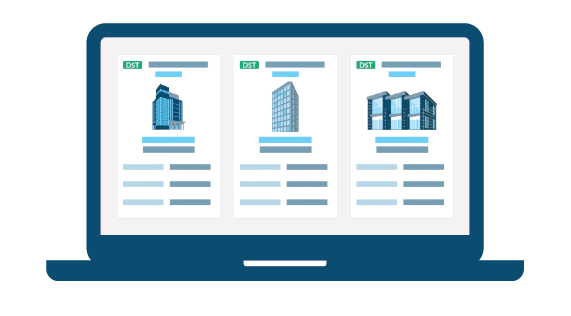


Eugene, Oregon is a part of the Eugene-Springfield, OR metropolitan area, and contains 7 zip codes, including: 97405, 97408, 97440, 97404, 97402, and 97401.
The 2019 average effective rent for Class A, B, and C apartments in the Eugene, OR metropolitan area was $1,019, which is 30.31% lower than 2014 average rent. This represents a compounded annual growth rate of 5.44%. 2019 vacancy in Eugene, OR was 2.30%.
The total population of the city of Eugene, OR has grown 9.64% since 2010. As of 2018, the population was 171,245. The median household income of the Eugene was $49,029, which is 18.68% lower than the national average.

SECURITIES DISCLOSURE
Realized1031.com is a website operated by Realized Technologies, LLC, a wholly owned subsidiary of Realized Holdings, Inc. (“Realized Holdings”). Securities and/or Investment Advisory Services may be offered through Registered Representatives or Investment Advisor Representatives of Realized Financial, Inc. ("Realized"), a broker/dealer, member FINRA/SIPC, and registered investment adviser. Realized is a subsidiary of Realized Holdings, Inc. ("Realized Holdings"). Check the background of this firm on FINRA's BrokerCheck.
Hypothetical example(s) are for illustrative purposes only and are not intended to represent the past or future performance of any specific investment.
Investing in alternative assets involves higher risks than traditional investments and is suitable only for sophisticated investors. Alternative investments are often sold by prospectus that discloses all risks, fees, and expenses. They are not tax efficient and an investor should consult with his/her tax advisor prior to investing. Alternative investments have higher fees than traditional investments and they may also be highly leveraged and engage in speculative investment techniques, which can magnify the potential for investment loss or gain and should not be deemed a complete investment program. The value of the investment may fall as well as rise and investors may get back less than they invested.
This site is published for residents of the United States who are accredited investors only. Registered Representatives and Investment Advisor Representatives may only conduct business with residents of the states and jurisdictions in which they are properly registered. Therefore, a response to a request for information may be delayed until appropriate registration is obtained or exemption from registration is determined. Not all of services referenced on this site are available in every state and through every representative listed. For additional information, please contact the Realized Compliance department at 512-472-7171 or info@realized1031.com.
© 2026 Realized Holdings, Inc.